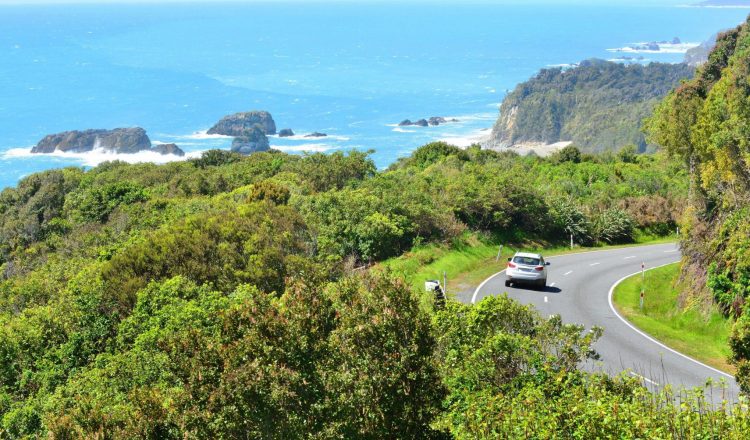Mệt mỏi
Mệt mỏi là tình trạng mệt mỏi, đuối sức hoặc kiệt sức. Bạn có thể mệt mỏi đến mức khiến việc lái xe của bạn bị ảnh hưởng rất lâu trước khi bạn ‘ngủ gật’ tại tay lái – đây là một dạng cực kỳ mệt mỏi.
Ai bị ảnh hưởng bởi sự mệt mỏi?
Mọi người đều có khả năng cảm thấy mệt mỏi ở một mức độ nào đó trong khi lái xe, nhưng mệt mỏi có nhiều khả năng cho:
- Những người trẻ tuổi
- Nhân viên thay đổi ca làm
- Những người bị rối loạn giấc ngủ.
Mệt mỏi ảnh hưởng đến bạn như thế nào
- Phản ứng chậm hơn
- Khó tập trung
- Đánh giá rủi ro kém
- Thay đổi tốc độ quá mức
- Thay đổi giữa các làn đường
Dấu hiệu cảnh báo mệt mỏi
Nếu bạn đang lái xe và nhận thấy bất kỳ dấu hiệu cảnh báo nào sau đây, điều quan trọng là bạn phải tấp vào lề và nghỉ ngơi. Lựa chọn tốt nhất là đặt hẹn giờ hoặc báo thức và chợp mắt 15 phút trước khi lái xe xa hơn.
- Bồn chồn
- Nháy mắt thường xuyên
- Ngáp
- Phá vỡ quá muộn
- Quên những km trước
- Buồn ngủ
Lời khuyên về tránh mệt mỏi
- Ưu tiên giấc ngủ – đảm bảo bạn có đủ giấc ngủ thường xuyên
- Snack nhẹ – chọn thức ăn nhẹ, tươi sống. Tránh các lựa chọn chứa đầy chất béo, đường hoặc carbohydrate
- Nghỉ ngơi – nghỉ ngơi từ lái xe ít nhất hai giờ một lần
- Ngủ trưa – ngủ trưa không quá 20 phút để có hiệu quả tốt nhất
- Lái xe vào thời điểm tự nhiên – lái xe trong thời gian mà bạn thường tỉnh táo
- Giữ đủ nước – nước uống giúp giữ cho bạn tỉnh táo
- Kiểm tra thuốc của bạn – đảm bảo rằng chúng sẽ không ảnh hưởng đến sự tỉnh táo của bạn trên đường
- Chia sẻ lái xe – trao đổi tài xế nếu có thể
- Tránh rượu – bất kỳ rượu nào ở tất cả sẽ làm tăng nguy cơ của bạn, vì vậy hãy tránh nó

















































